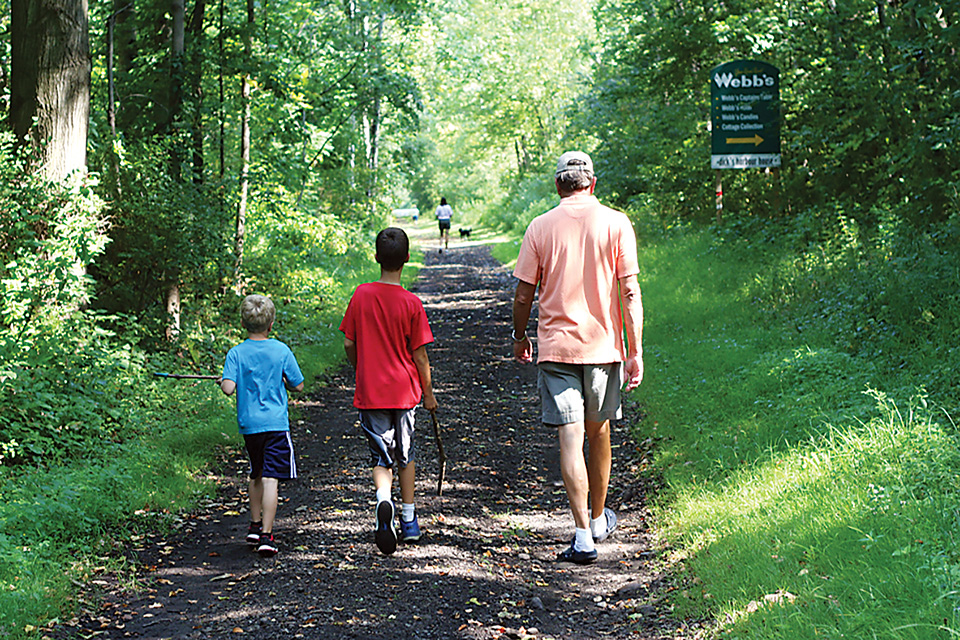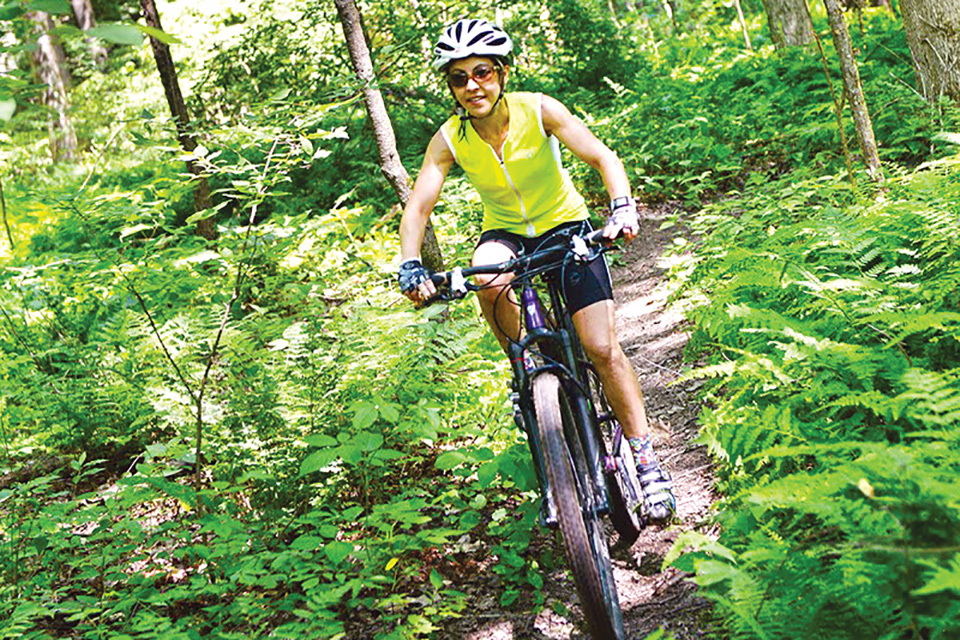Travel
| Long Weekends
5 Summer Finds in Western New York
From trails to bird-watching, these five destinations in the Chautauqua Lake region promise a way to soak in the serenity of the season.
Related Articles
.jpg?sfvrsn=24e8b738_7&w=960&auto=compress%2cformat)
See 500,000 Tulips in Bloom in Granville
Visit Timbuk Farms & Garden Center this April for the the annual Tulip Festival season. READ MORE >>
.jpg?sfvrsn=40ecb738_5&w=960&auto=compress%2cformat)
6 Egg-Citing Easter Events in Ohio
Hop along the bunny trail and keep an eye out for colorful eggs at these happenings the littles ones in your life are sure to love. READ MORE >>
.jpg?sfvrsn=c8e6b738_5&w=960&auto=compress%2cformat)
8 Ways to Celebrate Earth Day in Ohio
Enjoy enjoy these festivals and events across our state that educate and celebrate conserving and beautifying our planet. READ MORE >>







